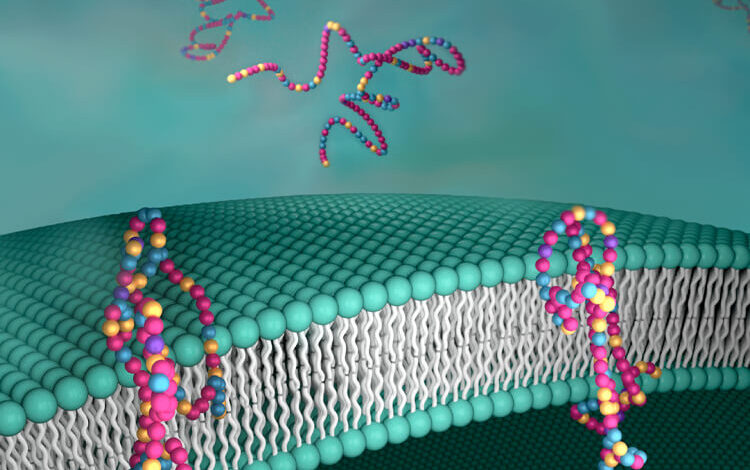The Importance of Synthetic Substances in Our Daily Life

[ad_1]
SyntheticArtificial substances are called artificial substances that are created by human production rather than by natural means. There are many artificial products in our lives through industry and science. For example; plastic products and medicines are synthetic. Synthetic products are easier to access because they are cheaper and more accessible than natural raw materials.
Synthetic dye, synthetic hair, synthetic leather, synthetic fabric, fuels, synthetic jewelery easily find a place in our lives. As a matter of fact, there are also synthetic products of products obtained by natural means, such as glass. In this content, we take a closer look at examples of synthetic products in different fields.
Industrial Synthetic Materials

In every corner of our daily lives, we use many artificial products produced with chemical components or plastic, which is a petroleum product. It is quite normal in our age to be exposed to and use so many artificial substances during the day. Let’s take a closer look at some of the artificial substances used in large industrial areas.
Synthetic Dye
Roots are the main coloring substances found in nature. These dyes are organic dyes. It has low durability and can be dispersed with water. The situation is different with artificial dyes. Pigments obtained by chemical processes vary depending on their purpose. Dyes such as cosmetic hair dyes, wall paints, and oil paints used for artistic purposes are largely artificial.
Synthetic Fabric
Threads obtained from animal hair or plant fibers are turned into fabric. The same process applies to synthetic threads. Naturally obtained yarns can also be converted into artificial ones through chemical processes. Fabrics such as viscose, combed cotton and latex can be considered as examples of artificial fabrics.
Gem
Natural stones used for jewelry can also be produced artificially. Synthetics of diamond, which is especially valuable due to its rarity in nature, are quite common. Diamonds, which are much lower than the price of diamonds, are usually artificial.
Faux Leather
Artificial leather obtained from polyurethane has a permanent place in the textile industry. Apart from shoes, accessories, bags and clothing, it is also used for furniture coverings.
Hair and Nails
With the expansion of cosmetic services, the production of artificial hair and nails has become an ordinary event today. Hair extensions and wigs used to lengthen hair can be produced synthetically. Likewise, the gel nails preferred by manicurists are also artificial.
Fuel
Artificial crude oil has the same structure as crude oil extracted from a well. By refining, petroleum derivatives such as diesel, gasoline and kerosene are produced. Artificial crude oil production is not an environmentally friendly method. During its production, a lot of carbon dioxide is released.
A gas mixture is obtained by exposing the natural gas, coal, biomass and urban waste used as raw materials to very high temperatures and pressure. This mixture is made liquid by purifying it from harmful gases and condensing it. The liquefied gas is reacted again with heat and pressure and with the help of catalysts. After various processes, gasoline, diesel, industrial oils, etc. is produced.
Plastic
Since plastic does not exist in nature, it is already artificial. It is obtained by human intervention from elements found in nature. Plastic is cheaper than other raw materials. They are frequently preferred because they are fast and easy to manufacture. It is used in many sectors such as packaging industry, white goods, automotive, construction, electronics and medical.
Another Field Dependent on Synthetic Substances: Science

The role of science in synthetic production is an inevitable fact. Although it is not known that it is in the middle of life, thanks to science, the concept of synthetics becomes visible in the center of our lives.
elements
Elements that do not occur naturally on Earth or are found in trace amounts have been obtained through experiments. in the periodic table Thirty-five elements found were produced artificially. These are examples of elements obtained later; plutonium can be given.
Chemical
Chemical synthesis is the use of chemical reactions to produce one or more products. It can be inorganic or organic. Example in our daily life; It is the use of substances obtained by chemical synthesis in the ingredients of the detergents and cosmetics we frequently use.
Biology
Synthetic biology is a multidisciplinary field of research that aims to create new biological parts, devices, and systems or to redesign systems already found in nature. Biological computers, biosensors, GMOs and vaccines can be cited as examples of what this discipline produces.
Pharmaceutical Industry
The pharmaceutical industry is the first sector that comes to mind when artificial production is mentioned. Obtaining naturally occurring or artificially produced substances by chemical means into another artificial product (i.e. drugs) takes place within this sector. In short, synthetic means the imitation of substances found in nature and the production of substances that do not exist in nature.
What is Artificial Intelligence Engineering?
What is Recycling?
